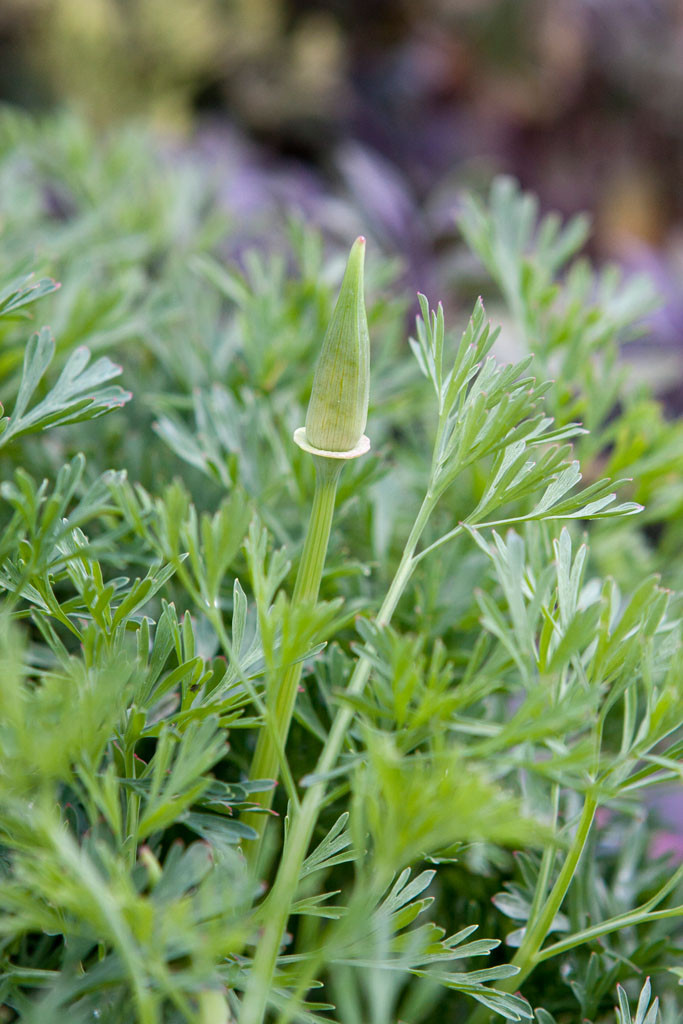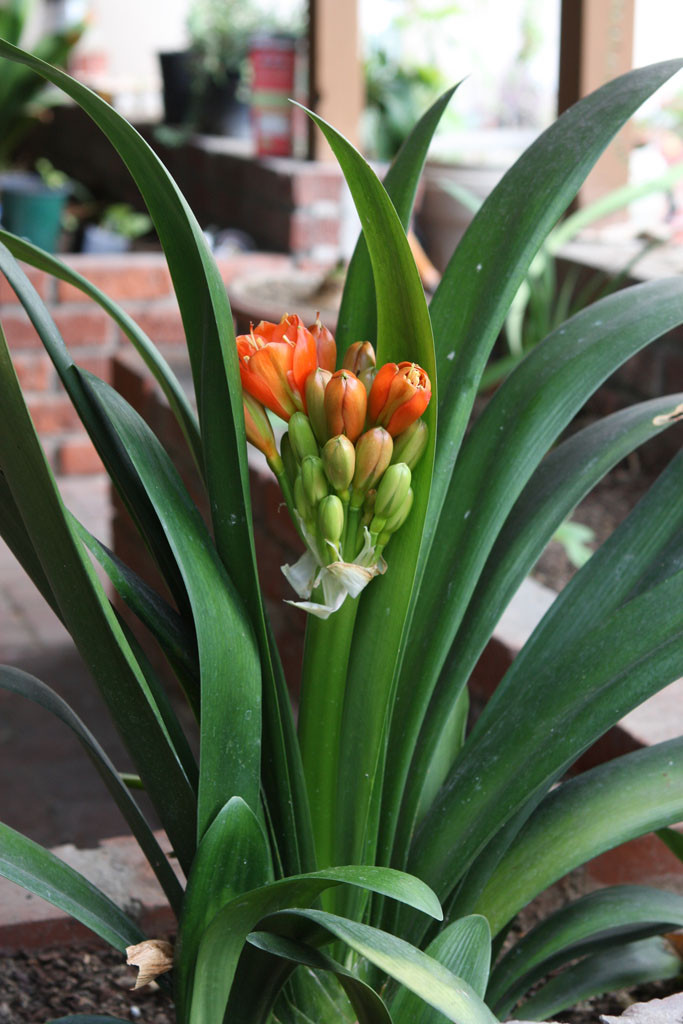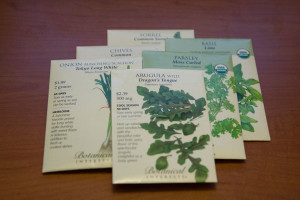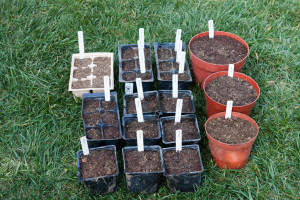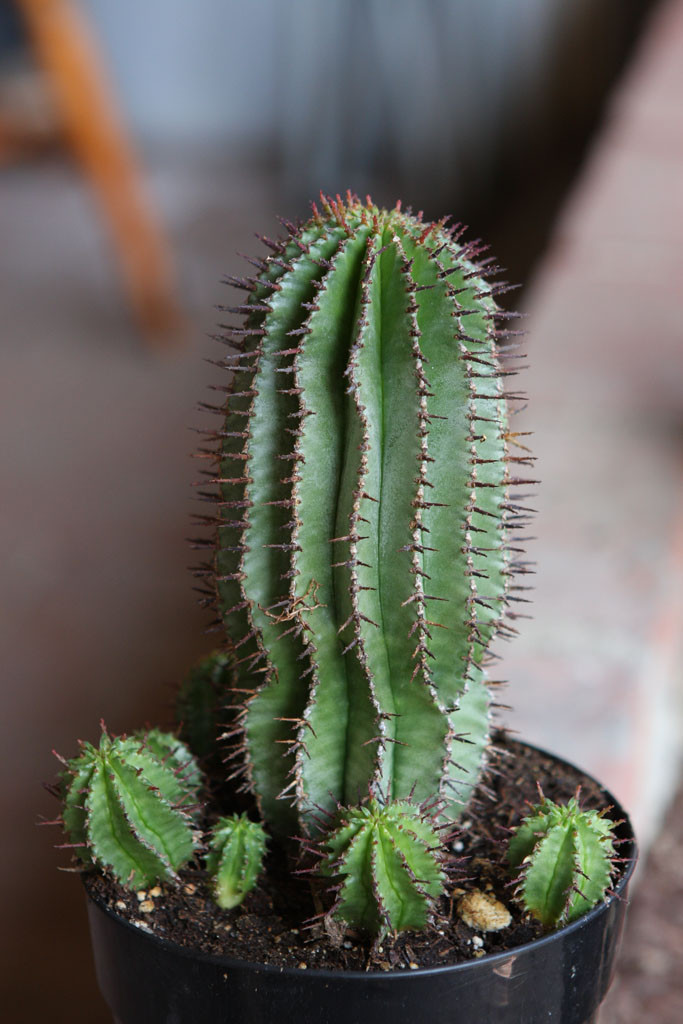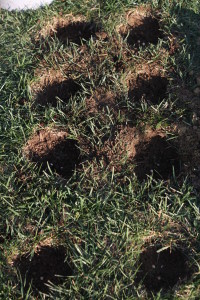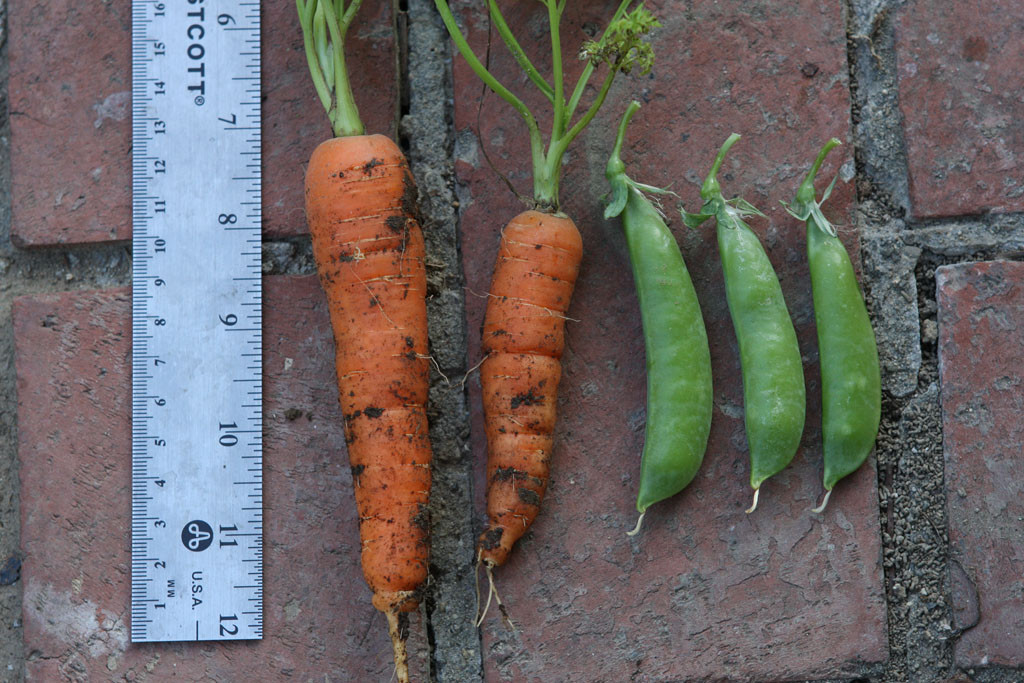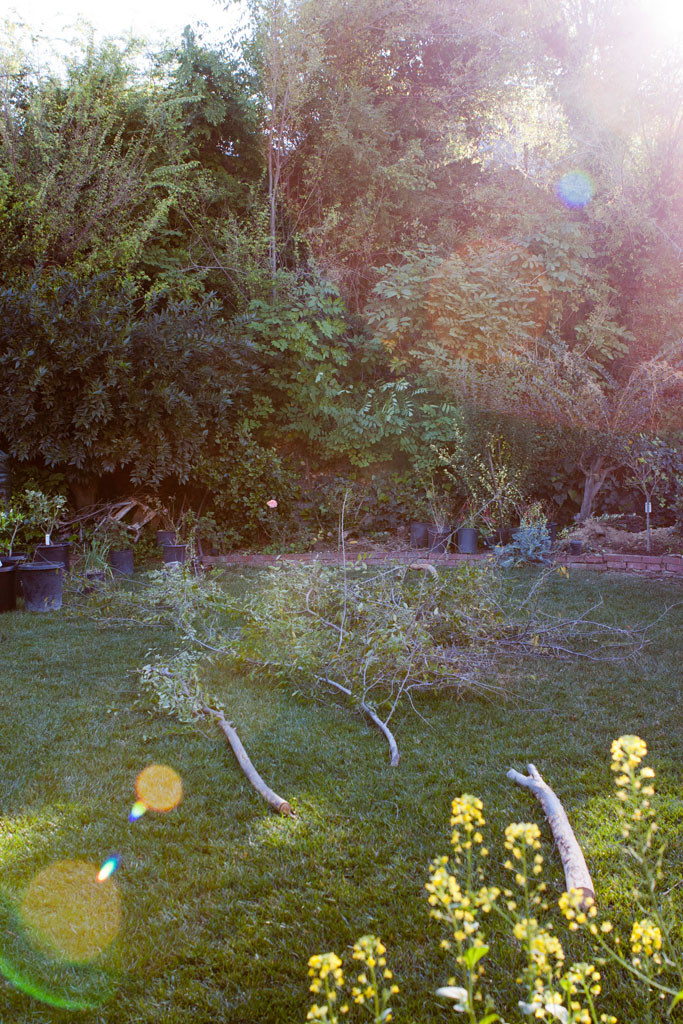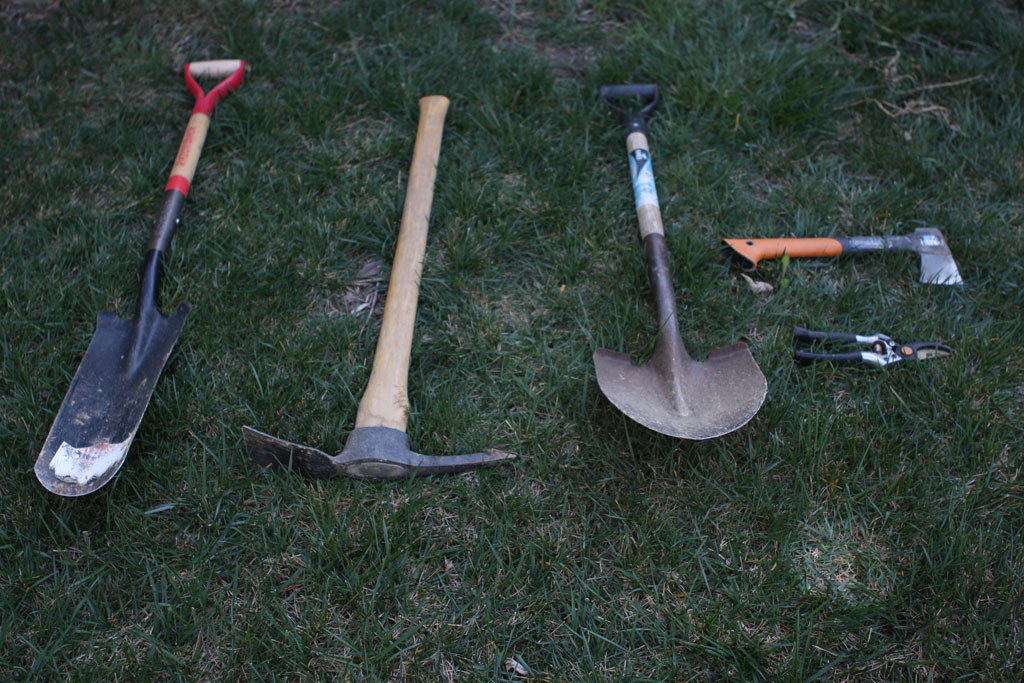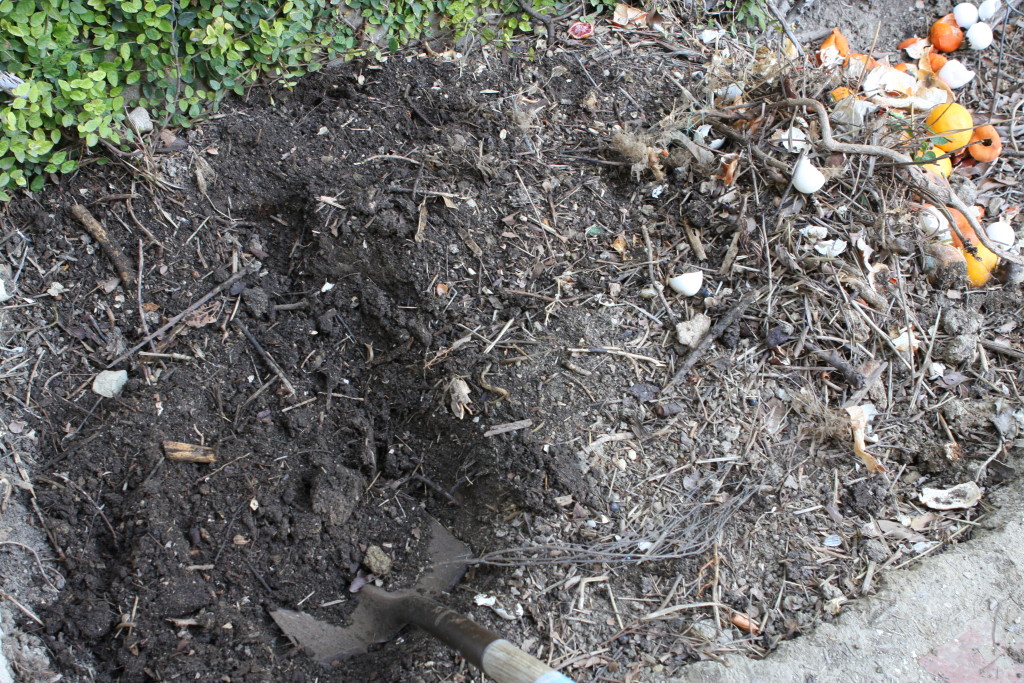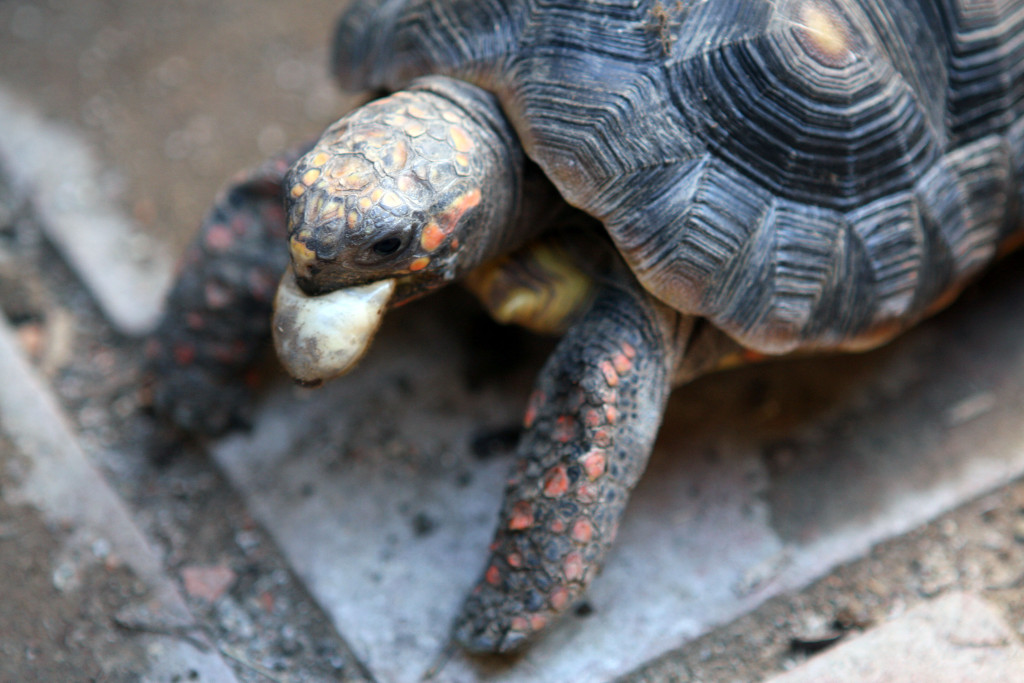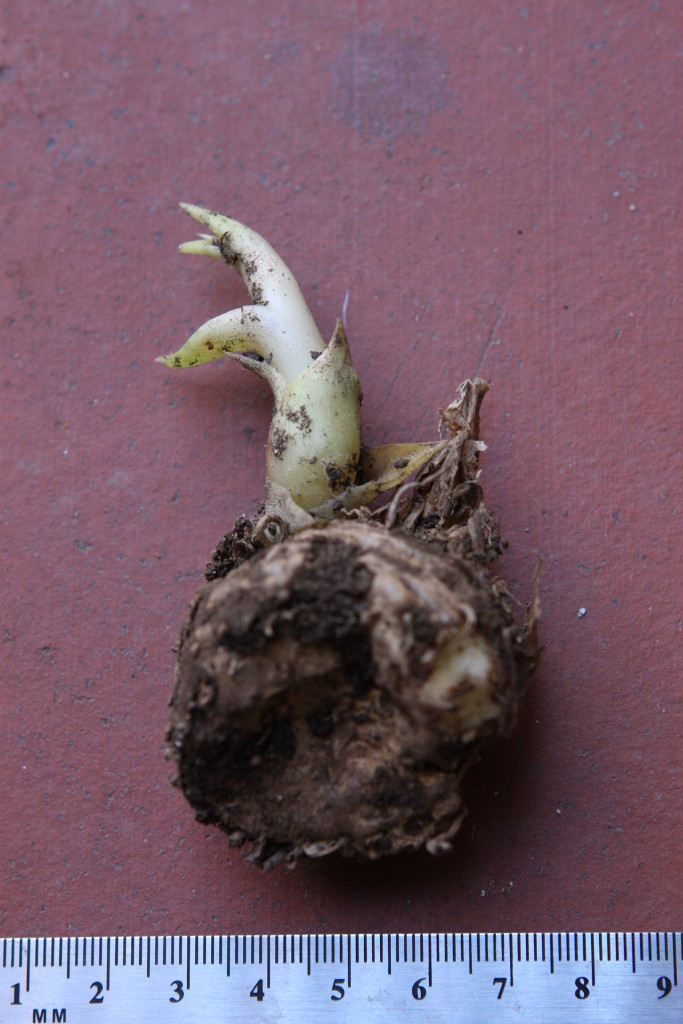February 25th, 2015 roundup
February is coming to a close but not without a few surprises to be found and a conclusion to be had.
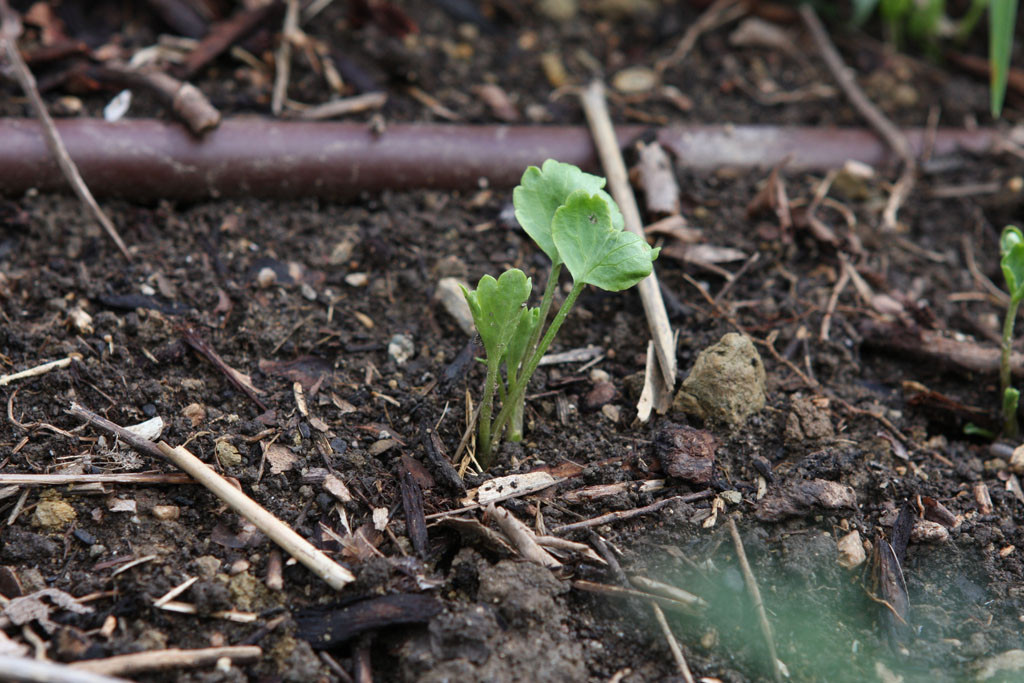
Last year was the first time that ranunculus was planted. When it died off, the tuber was saved but not properly stored. Mold got to them and whether they’ll grow was up in the air. A fresh stock of ranunculus was purchased and planted as an insurance policy. The growth of the ranunculus from the new stock pretty much indicates that last year’s molded stock will not grow again.
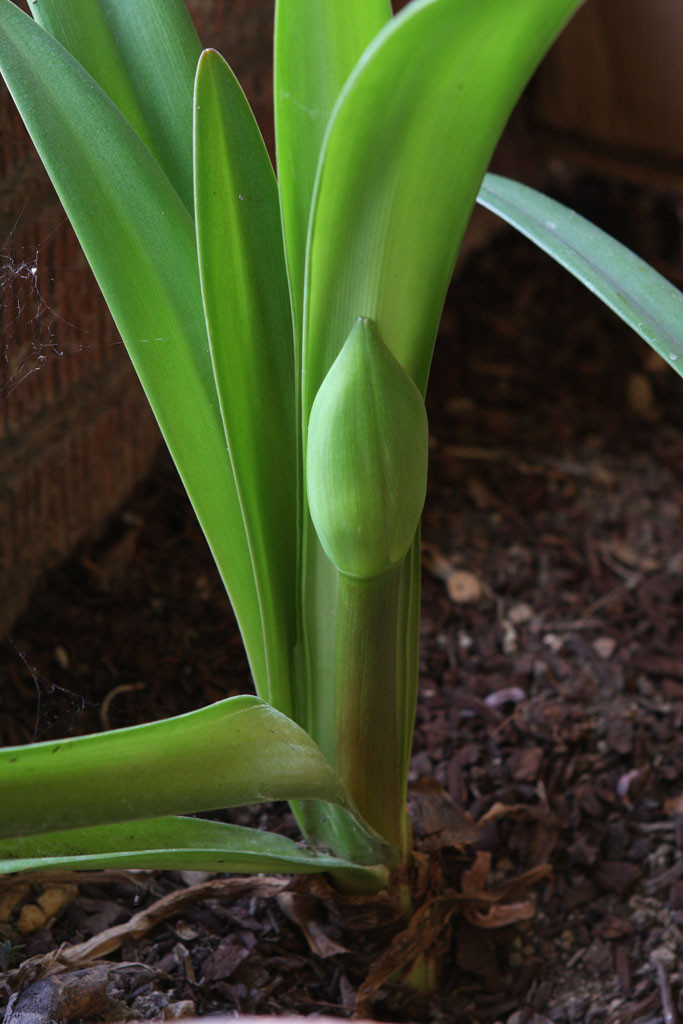
I pass by this amaryllis at least several times a day and did not noticed that it was sending up a flower bud. What is exciting is that this is its first flower bud. In 2012, I purchased an amaryllis bulb and grew it for the first time. When the flower died, I left the plant along believing that the flower would reappear the next year. Instead of a flower, side shoots shot up. It was then that I figured out that in order for the bulb to flower again that it was necessary to cut back all of the foliage. Otherwise, it will form bulbils. With four bulbils of various sizes, I planted them and three years later, the largest of the bulbils is ready to flower. Exciting!
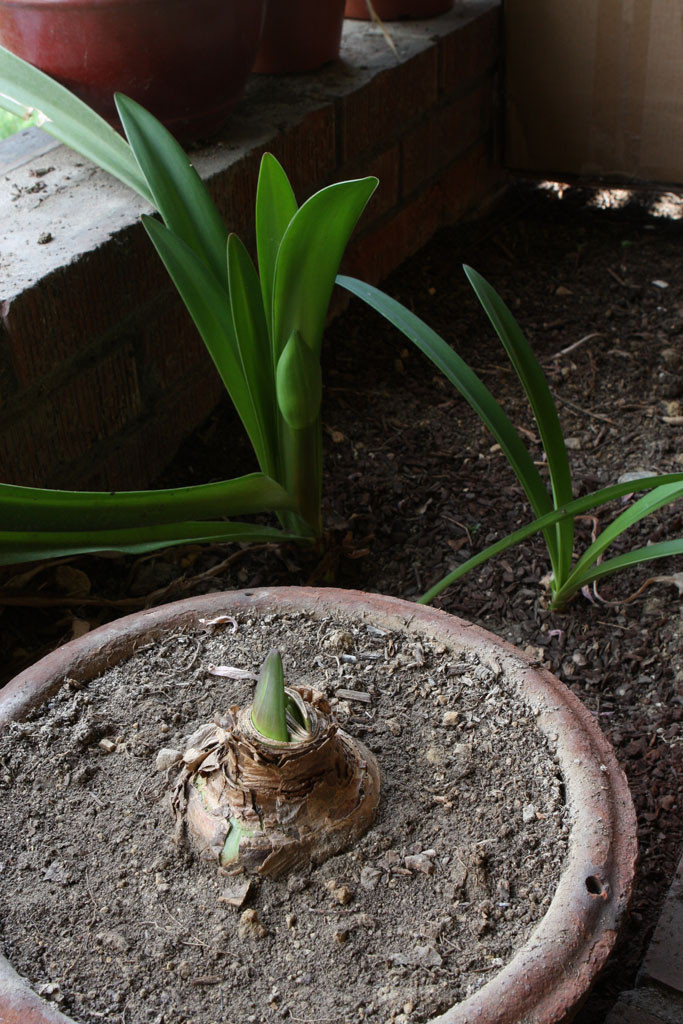
Here is momma amaryllis in the terracotta pot and her offspring. One of the offspring only has one leaf blade and has a ways to go before it will flower. Offspring #4 not pictured.
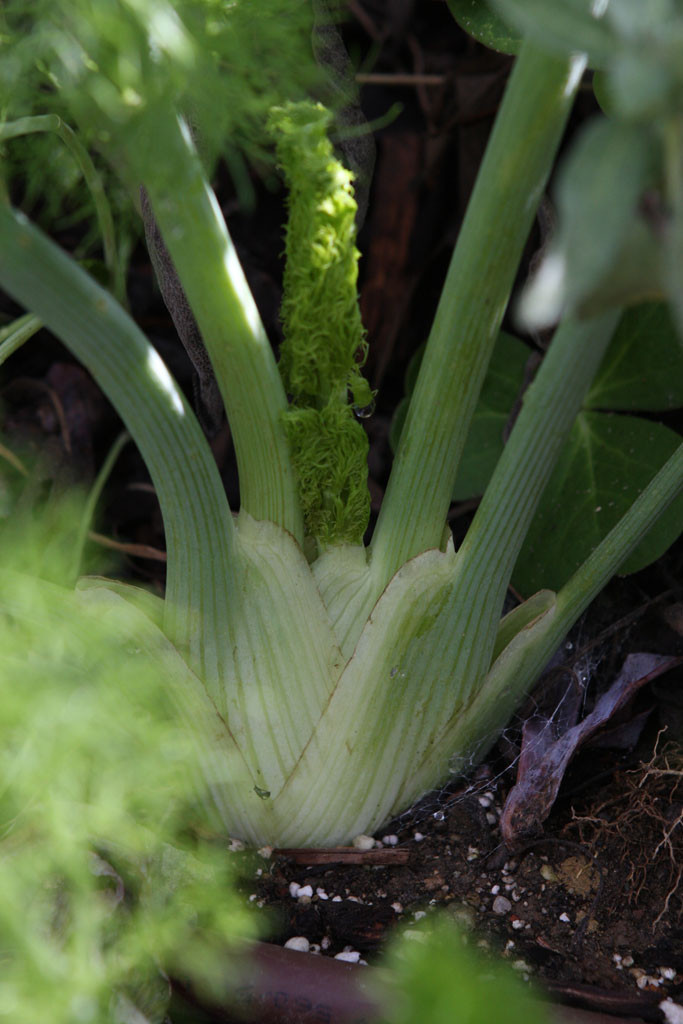
Last year, fennel was planted for the first time. It was a surprise to discover how big the plant gets. Fennel also seeds profusely. This is one of the few fennel that seeded itself.
